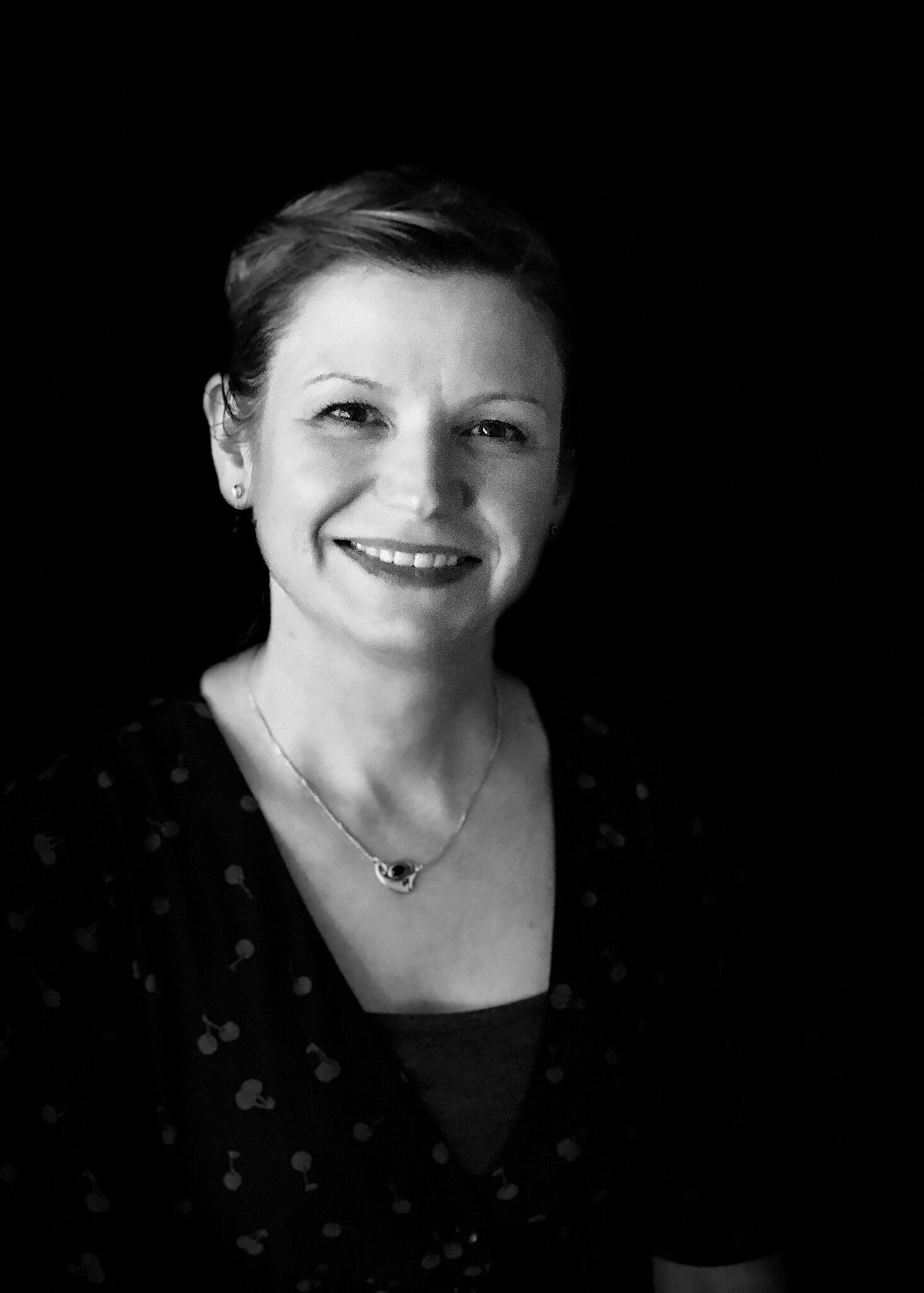Interested In joining us?
Post-Doctoral Researcher and Ph.D. student applications from UK, EU, US & Overseas are always considered.
Various Post-doctoral funding sources can be explored:
Post-Doc fellowships: EMBO, FEBS, HFSP, Newton, Marie Curie, Wellcome.
Please send your CV and summary of your research interests to: robin.allshire@ed.ac.uk
PhD Student Opportunities:
Darwin Trust - darwintrust.bio.ed.ac.uk/edinburgh (but you must email me before applying - Deadline 19th Jan 2022), Edinburgh Global, Principal's Career Development, EastBio, Precision Medicine, Boehringer Ingelheim Fonds,
Wellcome Four Year PhD Programme in Integrative Cell Mechanisms. Deadline 6th December 2021.
Please send your CV and summary of your research interests to: robin.allshire@ed.ac.uk
Possible PhD Student Project to start 2023 - collaboration with Ramon Grima https://grimagroup.bio.ed.ac.uk/home
Quantifying and Modelling Mechanisms of Antifungal Resistant Epimutation Epimutation and Heritability
Fungal survival in harsh environments involves stress-sensing pathways that reprogram their proteomes. New conditions, including climate change, can push opportunistic fungi to colonise novel niches, potentially becoming harmful pathogens. Effective antifungal/fungicide treatments are limited in number precisely because fungi are adept at resisting challenges. Antifungal resistance is increasingly prevalent, raising fungal-borne disease frequencies in humans and crops [1,2]. Conventional wisdom that resistance results solely from genetic mutations was overturned by our discovery that external insults selects cells with a distinct epigenetic landscape - repressive heterochromatin over various genes whose reduced expression confers resistance (e.g. mitochondrial proteins) [3,4]. Such heterochromatin-dependent ‘epimutations’ are unstable, slowly losing resistance upon external insult removal. By combining genetic, genomic, transcriptomic, proteomic, metabolomic, bioinformatic and mathematical analyses we aim to provide a comprehensive understanding of the regulatory mechanisms utilized by cells that successfully display resistance. We hypothesize that extracellular stresses, including fungicides widely used in agriculture, reprogramme fungal epigenomes so that they transiently acquire heterochromatin at locations which confer heritable, but unstable, resistance.
This project will combine the power of classic Luria-Delbruck fluctuation tests with low cell number/single cell (ATAC-seq, Cut&Tag and RNA-seq) sequencing workflows [5], to dissect the events that result in the emergence of transiently antifungal/fungicide resistant lineages due to epimutation formation. The frequency and heritability of such epimutations will be measured and will be used to estimate the frequency of switching events between various pre-existing and selected cell states by means of recently developed moment-based inference techniques [6].
Experiments will use 96-well plate-based single cell lineage fluctuation tests designed to measure the frequency of epimutant formation in wild-type and manipulated cells. These assay will also identify enriched epimutant bearing lineages. We will explore the possibility of using microfluidics platforms to conduct larger scale (1000’s) real time lineage analyses, identification and collection. HTP sequencing approaches will be applied (ATAC-seq, Cut&Tag and RNA-seq) with associated bioinformatics to characterise changes in the epigenome landscape and gene expression in such lineages. Single cell sequencing approaches will be employed to identify signature transcriptional and epigenomic landscapes which define epimutant states before and after resistant lineage emergence. Additionally, fluorescent reporters informed by these fluctuation assays, are expected to allow the enrichment of such cells by FACS or microfluidics to allow deeper characterisation of epimutant states. The student will utilize custom-written code implementing a moment-based inference algorithm that estimates the frequency of switching events from fluctuation test measurements6. Training will be provided on stochastic modelling and inference techniques.
The project will involve collaboration with Abhyudai Singh (University of Delaware; [5]) and the student will have the opportunity to develop single cell sequence analysis skills in collaboration with Maria Colome-Tatche (LMU Munich;[7]) ) through the EpiCrossBorders scheme: www.helmholtzresearchschool-epigenetics.org
Successful applicants will have the opportunity to become proficient in variety of associated bioinformatics and computational biology. During the course of this project the appointed student will develop their data analyses, statistical, presentation, critical thinking and report writing skills.
1. Fisher MC, Hawkins NJ, Sanglard D. & Gurr SJ. Worldwide emergence of resistance to antifungal drugs challenges human health and food security. Science 360, 739–742 (2018).
2. Fisher MC, Gurr SJ, Cuomo CA, Blehert DS, Jin H, Stukenbrock EH, Stajich JE, Kahmann R, Boone C, Denning DW, Gow NAR, Klein BS, Kronstad JW, Sheppard DC, Taylor JW, Wright GD, Heitman J, Casadevall A, Cowen LE. Threats posed by the fungal kingdom to humans, wildlife, and agriculture. mBio 11, e00449-20 (2020).
3. Torres-Garcia S, Yaseen I, Shukla M, Audergon PNCB, White SA, Pidoux AL, Allshire RC. Epigenetic gene silencing by heterochromatin primes fungal resistance. Nature 585, 453–458 (2020).
4. YYaseen I, White SA, Torres-Garcia S, Spanos C, Lafos M, Gaberdiel E, Yeboah R, El Karoui M, Rappsilber J, Pidoux AL, Allshire RC. Proteasome-dependent truncation of the negative heterochromatin regulator Epe1 mediates antifungal resistance. Nat Struct Mol Biol. 29, 745-758. doi: 10.1038/s41594-022-00801-y (2022).
5. Shaffer SM, Emert BL, Reyes Hueros RA, Cote C, Harmange G, Schaff DL, Sizemore AE, Gupte R, Torre E, Singh A, Bassett DS, Raj A. Memory Sequencing Reveals Heritable Single-Cell Gene Expression Programs Associated with Distinct Cellular Behaviors. Cell 182, 947-959 (2020.
6. Cao Z, Grima R. Accuracy of parameter estimation for auto-regulatory transcriptional feedback loops from noisy data. J R Soc Interface 16, 20180967 doi: 10.1098/rsif.2018.0967 (2019).
7. Danese A, Richter ML, Chaichoompu K, Fischer DS, Theis FJ, Colomé-Tatché M. EpiScanpy: integrated single-cell epigenomic analysis. Nature Commun. 12, 5228 doi: 10.1038/s41467-021-25131-3 (2021).

















